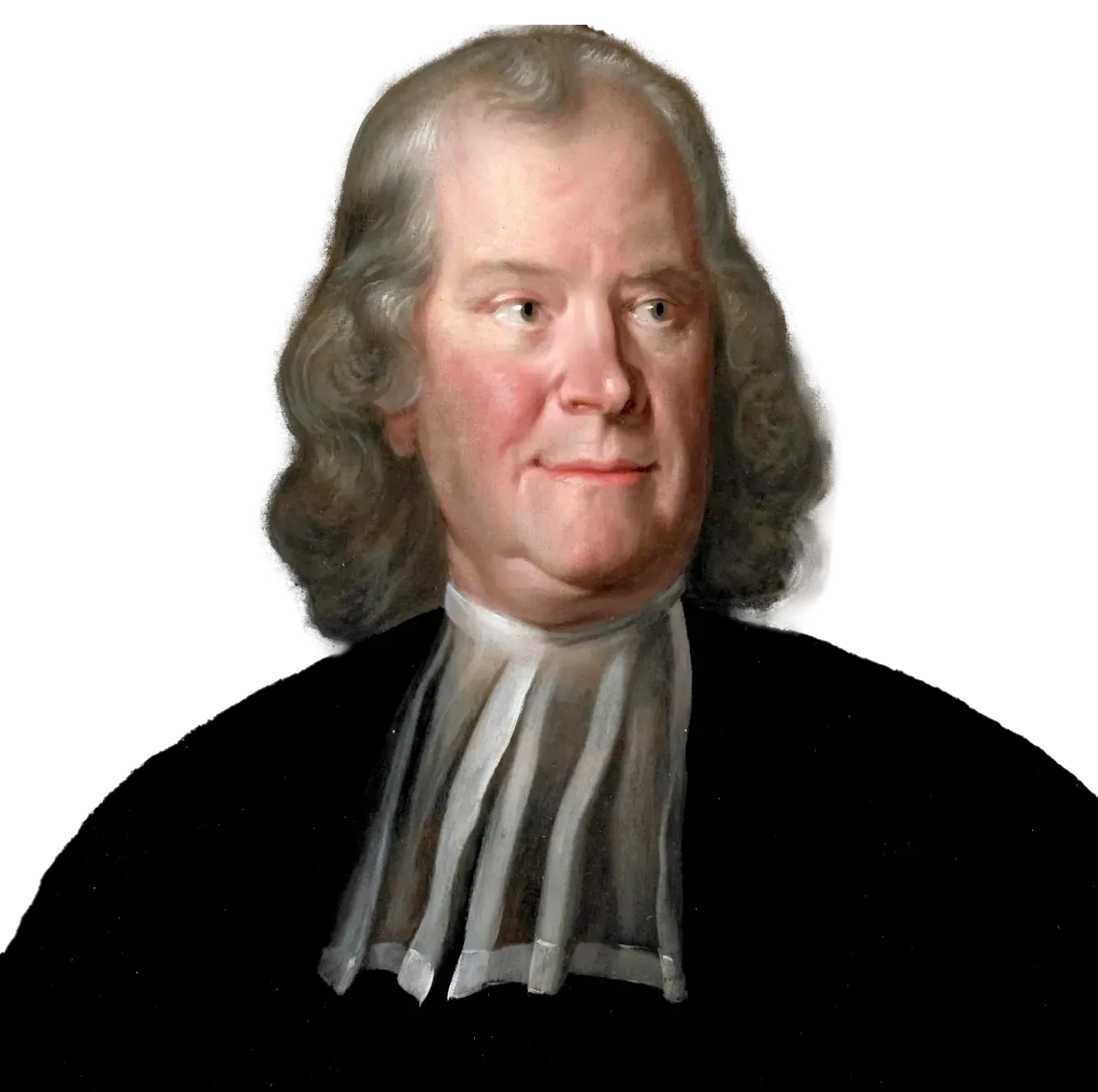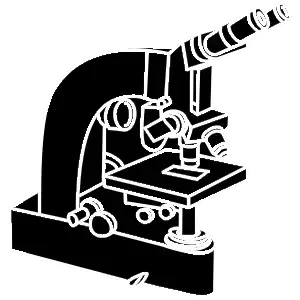Nowadays every doctor is required not only to read thick medical textbooks, but also to gain experience in working with patients. This is important because of the key role that patients play in medical research. We owe this approach in part to the work of Herman Boerhaave.
In 1709 Boerhaave was appointed Professor of Botany and Medicine at Leiden University. He expanded the collection of the University’s botanical garden, the Hortus Botanicus, by adding more medicinal herbs. In 1714, Boerhaave was the first to introduce lessons at the patient’s bedside.
Persistent sore
Boerhaave’s knowledge of medicine was remarkable for his time, and his name was soon known as far as China. He also proved to be a first-class teacher. It is often said that his direct focus on patients and his empathy for his patients’ suffering was born of the pain he experienced as a child. As a result of a persistent wound on his left thigh, Boerhaave suffered through five painful years before the sore finally healed. Before it did, however, many physicians were consulted and many unpleasant treatments applied.
Practical and inquisitive
With his focus on the patient, Boerhaave transformed medicine from a primarily theoretical to a practical and inquisitive discipline. For example, he attached great value to autopsy, the investigation of a corpse after death to discover any anomalies. These examinations allowed him to link specific disorders and symptoms.
This renewed focus on research soon led to the need for the first academic hospital, in which research and education could be combined. The first one of its kind in Leiden was the St. Caecilia Gasthuis. The building of this former hospital is now home to the Boerhaave Museum, where you can learn about the history of medicine.
Legacy
Boerhaave also literally left his name to science. The Boerhaave syndrome, a rupture of the oesophagus as a result of violent vomiting, is named after him. He described this condition on the basis of the medical history of an admiral of the Dutch fleet whom he had treated.
Boerhaave’s legacy is apparent throughout the Netherlands, in particular in Leiden. In addition to the Boerhaave Museum, in the former St. Caecilia Gasthuis, Leiden is also home to the Boerhaave College that offers secondary education to young adults. And at the start of the Boerhaavelaan, a statue of Boerhaave looks out over the Rijnsburgerweg. It was made by sculptor Jean Theodore Stracké.
The name of Boerhaave also lives on at Leiden University. The present-day Leiden academic hospital, the LUMC, organises supplementary training for physicians under the title ‘Boerhaave Training’. Finally, the Leiden University Fund finances the Boerhaave Chair at the LUMC. This Chair is intended for eminent and authoritative guest professors, preferably from abroad, who are invited to Leiden to boost research and teaching.

